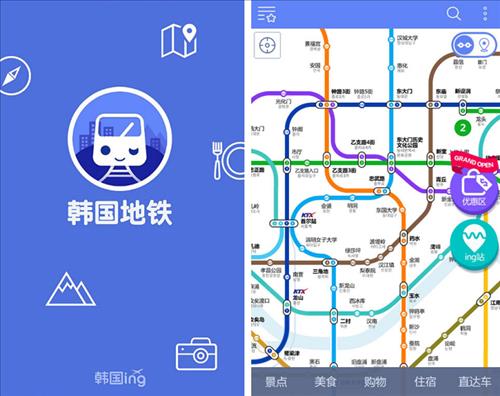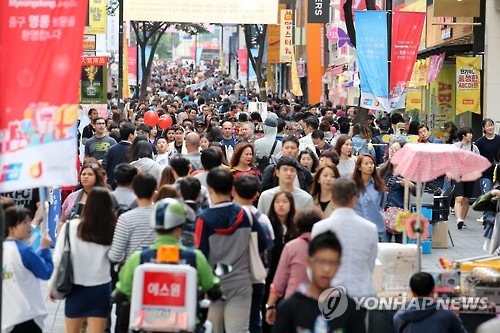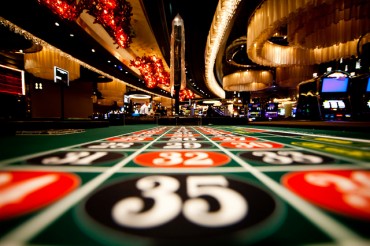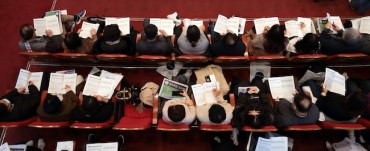SEOUL, Oct. 16 (Korea Bizwire) – The subway stations that Chinese tourists visited the most during their trips to Korea over the recent Chinese holiday period were Myeong-dong Station (18 percent), Hongik University Station (12 percent), Dongdaemun Station (6 percent), Seoul Station (5.7 percent) and Incheon International Airport Station (5.6 percent).
The results were revealed by PENGTAI, the Chinese digital marketing affiliate of Cheil Communication, which reported the numbers after analyzing data related to subway stations searched for by Chinese tourists.
PENGTAI checked 140,000 searches that were initiated through the ‘Korean Subway’ app, a mobile application it developed.
The application holds information about subway networks in Korea. It also provides information about tourist spots near the stations. Since it was launched in May 2015, it has been downloaded more than 700,000 times, and it was selected as the best application in the Android market last year.

The application holds information about subway networks in Korea. It also provides information about tourist spots near the stations. (Image : Yonhap)
Compared to data from the same period last year, Myeong-dong Station and Hongik University Station, famous tourist attractions, secured their places as first and second. Dongdaemun Station and Seoul Station also kept their spots in the top five.
Incheon International Airport Station ranked fifth, beating Sinchon station and Ewha Woman’s University Station. This reflects the increase in the number of Chinese tourists who choose to travel on their own instead of participating in group tours that usually travel by bus.
The stations that showed the biggest jumps in the rankings were Konkuk University Station (ranked 14, 33 spots higher than last year), Gangnam Station (ranked 12, up 19 spots) and Itaewon Station (ranked 18, up 10 spots).
Since a large-scale container shopping mall opened near Konkuk University Station, the area has grown as an attraction for Chinese tourists. Gangnam Station, which is close to many shopping and dining establishments, is also a location that has many plastic surgery clinics. It reflects the trend of Chinese tourists visiting Korea for cosmetic surgery. As Korean cooking shows are also popular in China, tourists who want to taste the star chefs’ food are visiting Itaewon, where most of their restaurants are located.
Observing the search traffic by month, the average number of searches was 300,000 per month from January to May. The numbers dropped to 170,000 in June and July due to the outbreak of MERS (Middle East Respiratory Syndrome), but bounced back to exceed 400,000 in September, showing that tourist visits have recovered to their pre-MERS outbreak levels.
By Lina Jang (linajang@koreabizwire.com)







